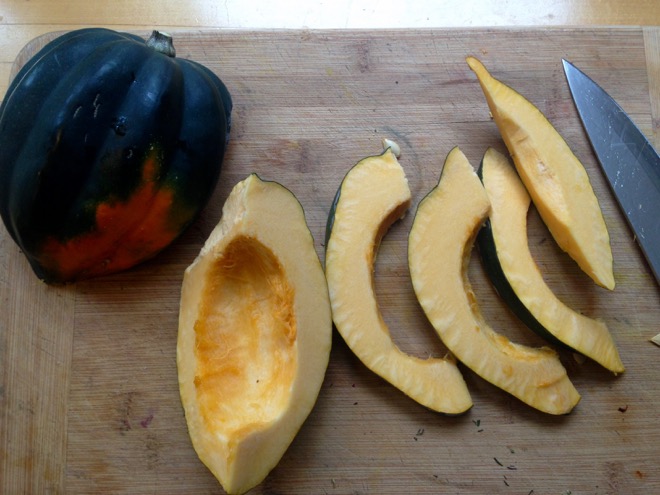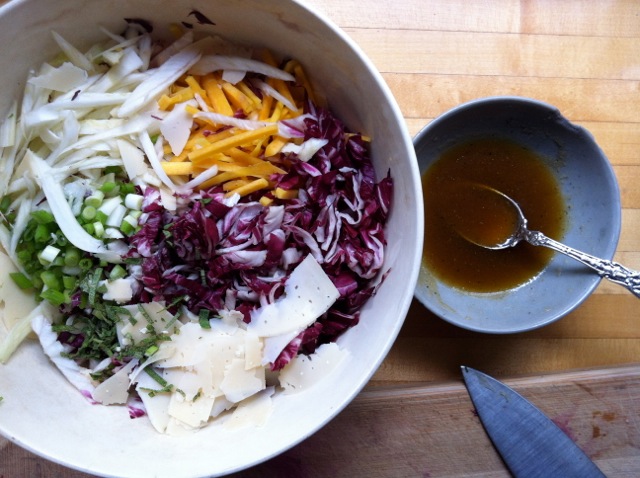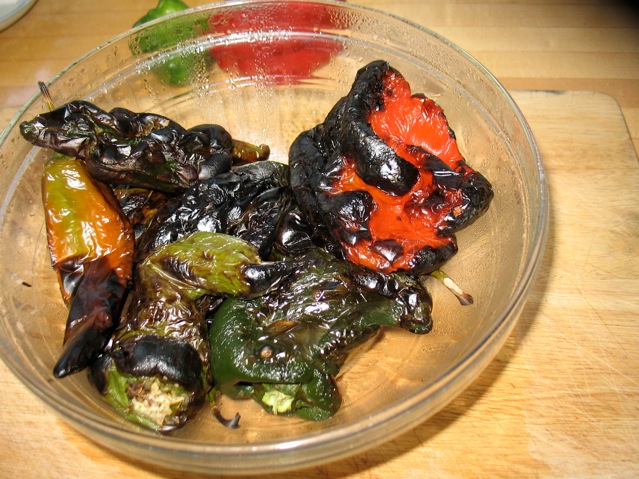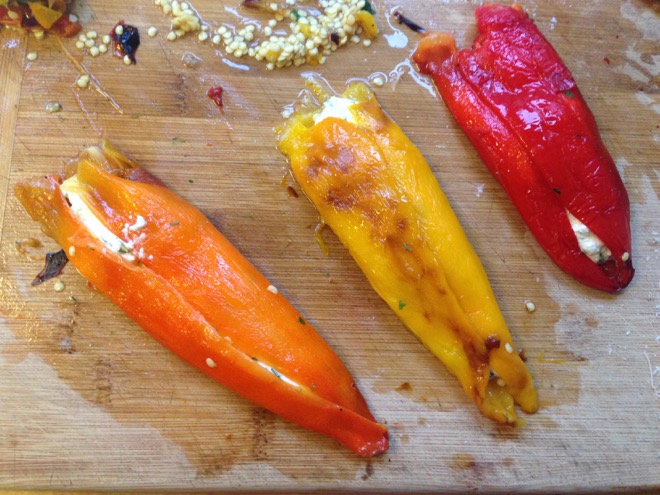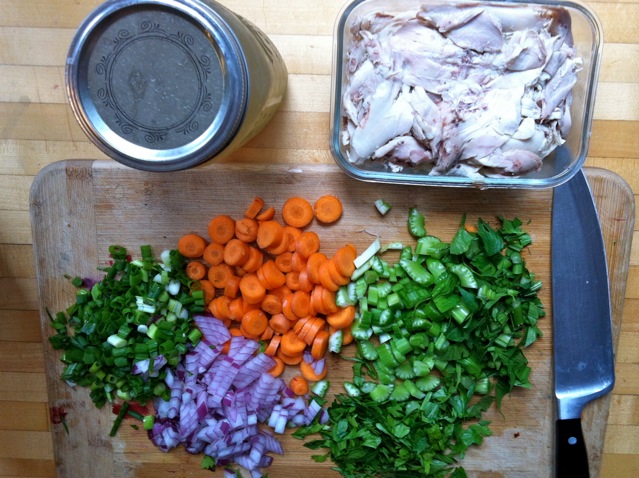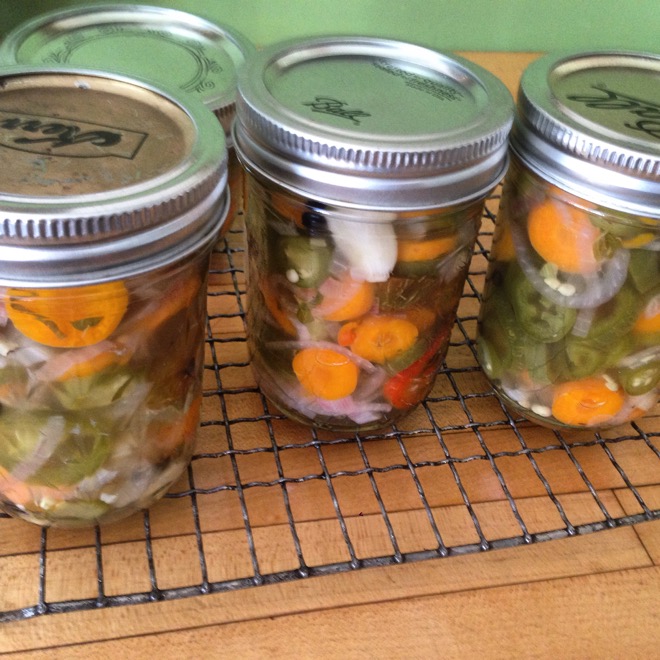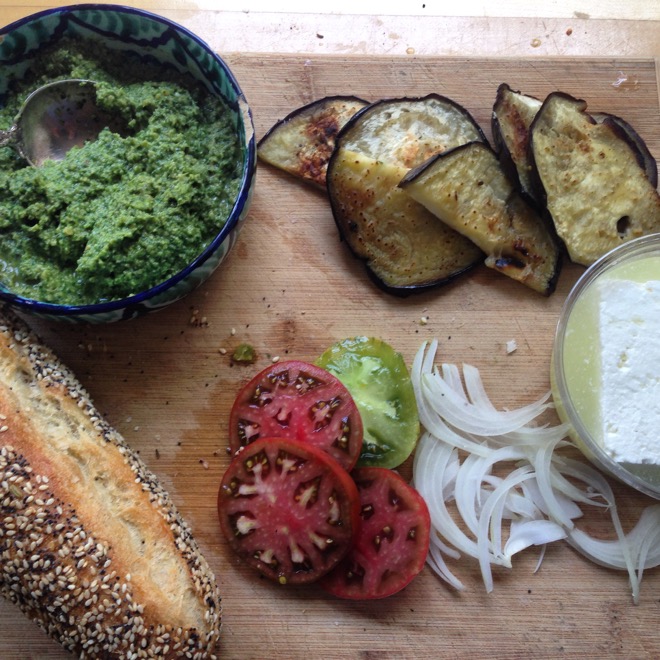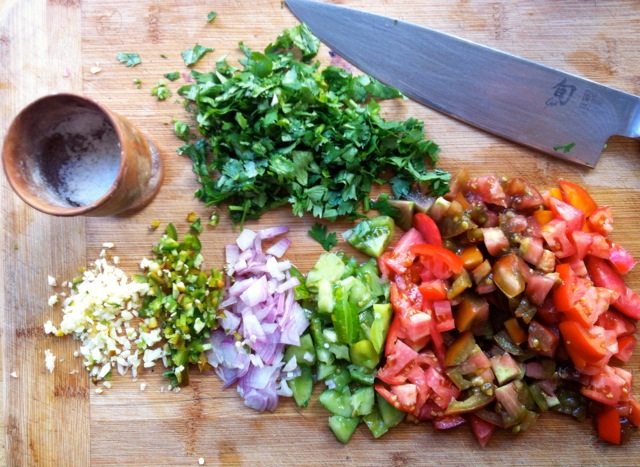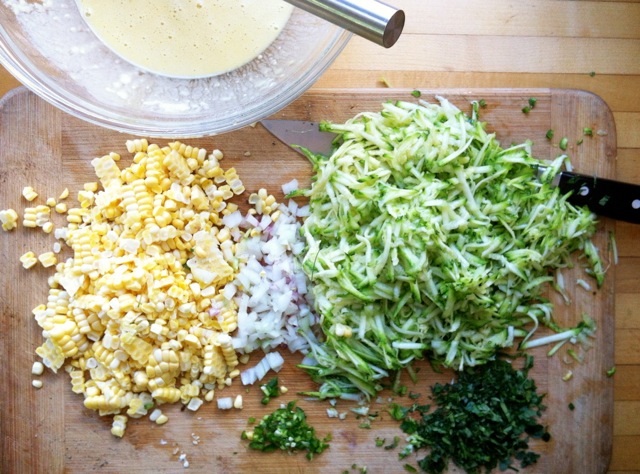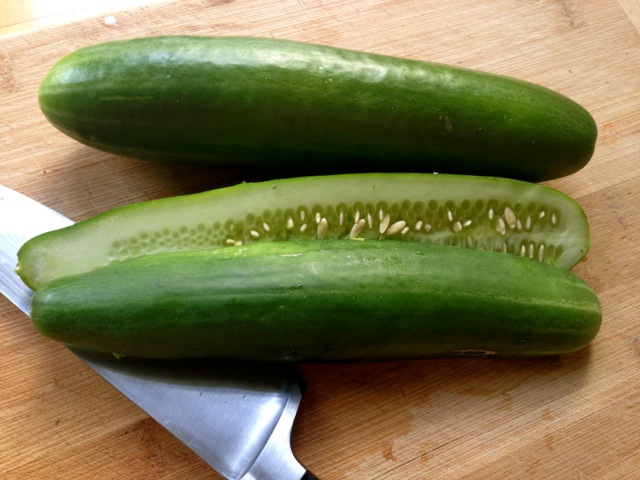Pan di Zucchero Notes
Braised Red Cabbage
Cabbage and Carrot Slaw with Dill
Roasted Acorn Squash Wedges with Herbs and Garlic
Grilled Fennel, Onions, Potatoes with Chicory (and Sausages?)
Fennel and Onion Soffrito
Lentil and Beet Salad with Toasted Nuts
Grated Beet and Apple Salad
Pan di Zucchero Notes
Like the escarole we’ve been getting the Sugarloaf chicory (Pan di Zucchero) is robust and has a pleasing bitterness that is well paired with toasted nuts, cheeses, and/or fruit in salads or good quickly sauteed and served with grains or meats. It’s also delicious cut into wedges and grilled with nothing more than olive oil and salt. By all means make the white beans soup with it, below.
Braised Red Cabbage
This is a pretty classic, German-style braised red cabbage dish. It becomes tender and fragrant with the spices and wine with plenty of acidity. It’s wonderful with mashed potatoes and any roast meats or or grains of any kind. It keeps well and in fact improves the next day. This recipe is easily scaled down if you have less cabbage.
serves 4-6
2 tablespoons butter or olive oil
1 small onion, peeled and thinly sliced
1 medium (2 1/2 pounds) red cabbage, quartered, core removed and thinly sliced
2 teaspoons caraway seeds
1 tablespoon Dijon-style mustard seeds (optional)
1/4 cup cider vinegar
2/3 cup dry red wine
1 large tart apple, peeled and coarsely grated
Salt and freshly ground black pepper
Melt the butter in a large sauté pan over medium heat. Add the onions and sauté until softened, about 5 minutes. Add the cabbage and mustard and caraway seeds and toss until the cabbage begins to wilt, 2 to 3 minutes.
Add the vinegar, wine and apple. Stir to combine, and season with salt and pepper. Cover the pot, leaving just a crack open. Simmer until the cabbage is soft, about 45 minutes. Adjust salt and pepper, and serve.
Cabbage and Carrot Slaw with Dill
I usually add kale to this slaw but a bit more cabbage and carrots will work well. Though I haven’t tried it, I think you could thinly slice some of your chicory and add it, to good effect.
Serves 6 (it keeps well)
½ small red cabbage, core removed and sliced as thinly as you can
3-4 cups chicory, thinly sliced (optional–see headnote)
1 small hot pepper (Serrano or Jalapeno), deseeded and minced (or keep the seeds if you like it hotter)
2 tablespoons red onion, thinly sliced
2 medium carrots, grated on large holes of box grater
1/3 cup fresh dill, chopped
1/3 cup cilantro chopped (optional)
Dressing:
3 tablespoons mayonnaise, sour cream or Greek yogurt
2 tablespoons olive oil
1 teaspoon Dijon-style mustard (or more)
1 teaspoon ground cumin
2 tablespoons cider or red wine vinegar
Juice of half a lemon (or more vinegar, to taste)
Salt and freshly ground pepper
Put all the vegetables in a big bowl. Whisk together the dressing ingredients mix well with the veggies. Taste and adjust seasoning.
Roasted Acorn Squash Wedges with Herbs and Garlic
Serves 4-6
While acorn squash can be hard to cut raw, getting it into wedges or some kind of chunks is doable and makes for a wonderful dish, when roasted and tossed with an herby dressing.
1 medium-large acorn squash or two smaller ones
1-2 tablespoons olive oil
Salt and pepper
Dressing:
1/3 cup cilantro, or parsley, finely chopped (leaves and stems)
1 Serrano pepper, minced (de-seeded if uncertain of heat level) or 1/4 teaspoon red pepper flakes
Juice of half a lemon
2-3 tablespoons olive oil
1 clove garlic, minced or mashed
Salt
Preheat oven to 425 degrees
Cut the squash in half lengthwise. Scrape out seeds and strings and discard. Cut the squash halves into wedges about 1 inch thick. Don’t worry if the pieces are a bit irregular or break. Put the squash wedges on a sheet pan and drizzle with oil and season with salt and pepper and toss well with your hands. Spread wedges out evenly and bake, flipping the wedges about 15 minutes into the baking. Bake another 15 minutes or until tender. Remove from oven and let cool a bit. You can either peel the squash now or toss the cooked wedges as is and let people remove the skin as they eat.
Meanwhile mix the dressing ingredients in a small bowl. Gently toss the squash with the dressing. Taste and adjust seasoning. Serve warm or at room temperature.
White Bean and Chicory Soup
This is my idea of a perfect cool weather bowl of soup. You could make it heartier if you served the soup over a slice of toasted bread, rubbed with a clove of garlic. Of course you could add bacon or sausage or any kind of leftover meat but I like the simplicity of the white beans and escarole, just finished with good olive oil and black pepper. If you have cooked white beans on hand this comes together in 30 minutes, tops. And this is even better the next day.
Serves 6
2 tablespoons olive oil
1 onion, diced
1 teaspoon fresh or dried oregano or sage, finely chopped
6-7 cloves garlic, mashed and roughly chopped
3 -4 cups white beans, cooked and drained (cooking liquid reserved)
1 small-ish head escarole or Sugarloaf chicory (about 1 lb), torn or chopped into bite-sized pieces
4-5 cups liquid–I use a combination of bean cooking liquid and veggie bouillon broth (you can use water or chicken stock or vegetable stock too)
Good olive oil for serving
Freshly ground black pepper
Heat the olive oil in a large soup pot. Add the onions and sauté until translucent, about 5-7 minutes. Add the garlic and herbs and cook for a few more minutes. Add the beans, liquid and escarole and bring to a simmer and cook for about 10 minutes until the escarole is tender. You can serve as is or remove a few cups of the soup and then return to the pot, for a creamier texture. Adjust seasoning with salt. Serve, not too hot, drizzled with good oil and plenty of black pepper.
Grilled Onions, Fennel and Potatoes with Lettuce and Sausages
Roast (at 400-425 degrees) a pan of fennel and onion wedges alongside some potatoes, all lightly coated in olive oil and sprinkled with salt. (I added a kohlrabi from a few weeks ago too and it was delicious!) When tender and a bit caramelized, toss them in a mustardy dressing (whole grain mustard, red wine vinegar, olive oil, salt and pepper) and serve over some lightly dressed chicory (escarole and/or sugarloaf).
Grill some sausages or fry some eggs and you’ve got a substantial dinner.
Fennel and Onion Soffritto
This is a delicious garnish/condiment/side for fish, roasted vegetables, or simply on toast.
Olive oil
1 ½ cups thinly sliced fennel
1 ½ cups thinly sliced onion
¾ cup canned (drained) or roasted and frozen tomatoes or 1 cup fresh, chopped
2 cloves garlic
Red wine vinegar to taste
Salt and pepper
Chopped parsley (optional but very good)
In the largest skillet you have heat about 2 tablespoons of olive oil. Add the onions and fennel all at once and cook, stirring occasionally over medium heat until starting to brown and quite soft. Add the garlic and the tomatoes, a couple of generous pinches of salt and some pepper and cook until the liquid has evaporated. Finally add a little vinegar, you’ll probably want at least 2 teaspoons and plenty of black pepper. Taste and adjust seasoning.
This is delicious with a bunch of chopped parsley and black olives too.
Lentil and Beet Salad with Toasted Nuts
Robust, fresh and delicious! Feel free to halve the recipe or change the ration of beets to lentils.
Serves 6
4 beets, roasted cooled and diced (roast at 400 degrees tightly covered with a splash of water until tender)
2 cups French green lentils (or other small variety that holds its shape well)
2 cloves garlic
2 bay leaves
1 small cinnamon stick
2 quarts veggie bouillon broth, chicken stock or water
½ a small red onion, very thinly sliced
½ cup toasted hazelnuts, almonds or walnuts, coarsely chopped
1/2 cup chopped fresh parsley, arugula, sorrel (optional)
Vinaigrette
1/3 cup good olive oil
2 tablespoons red wine vinegar
1 tabelspoon sherry vinegar or balsamic vinegar
1 large clove garlic minced or mashed
1 teaspoon sea salt, more to taste
Freshly ground black pepper
Combine all dressing ingredients in a small jar with a lid and shake well.
Combine lentils, garlic, cinnamon stick, and stock or water and bring to a simmer and cook for 30- 40 minutes until tender but still holding their shape. Drain the lentils (reserving liquid for a soup if you want) and discard bay, cinnamon stick and garlic cloves. Put lentils in a bowl and cool to room temperature.
Toss lentils with the onion, herbs/greens and about two thirds of the dressing. Adjust seasoning with salt and pepper. Add beets and nuts and toss again and add more dressing if needed.
Grated Beet and Apple Salad
–adapted from Vegan Soul Kitchen by Bryant Terry
This is gorgeous, refreshing, crunchy and packed with good nutrients–no surprise from the talented and wonderful Bryant Terry.
2 large beets, peeled
2 large apples, cored, peeled
1/4 cup apple juice/cider (or 1 tablespoon of maple syrup)
2 teaspoons apple cider vinegar
2 tablespoons extra-virgin olive oil
Sea salt
Freshly ground black pepper
1/2 cup golden raisins (or regular ones or dried currants)
Coarsely shred beets and apples on box grater or in a food processor fitted with large grater attachment. If you’re grating by hand the juice will splatter everywhere so cover anything you don’t want stained!
Put the grated apples and beets in large mixing bowl and set aside.
Heat apple juice in small saucepan or skillet over high heat until boiling. Cook until reduced to one tablespoon, about 3 minutes. Transfer to small bowl. Add apple cider vinegar to reduced apple juice and slowly drizzle in olive oil while whisking constantly. Season to taste with salt and pepper.
Drizzle dressing over shredded beets and apples, add raisins, and toss well to coat and meld flavors.

